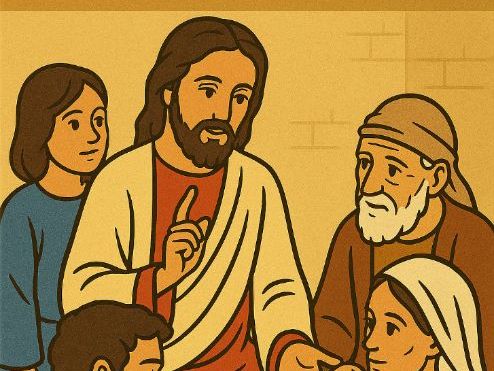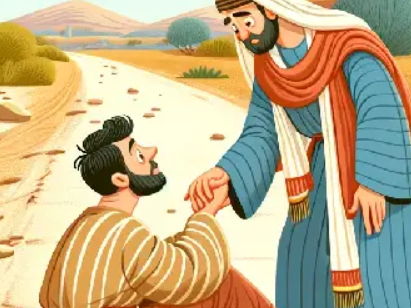Kenneth's Shop
With over 14 years of primary teaching experience across Key Stage 1 & 2. I am now embarking on NPQSL to build on my experience and develop further my leadership skills. During this time, I have held several subject lead positions; R.E.; School Council Co-ordinator; SEND champion; Music lead; IT lead and currently PSHE lead. Please look through my resources, which I have carefully selected as successful and useful in teaching the primary curriculum.




















